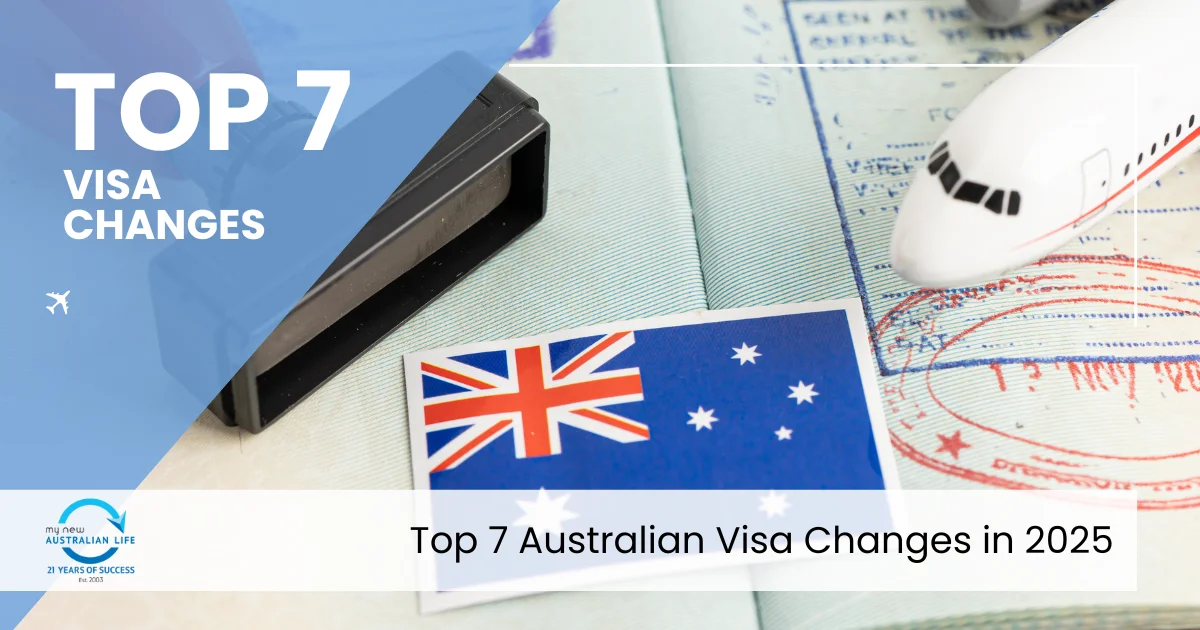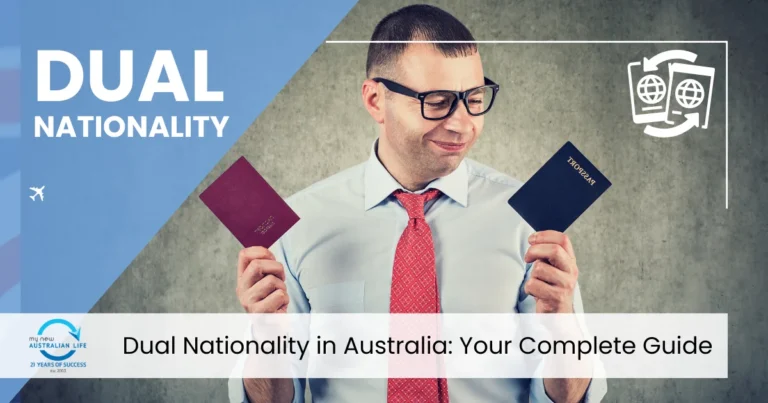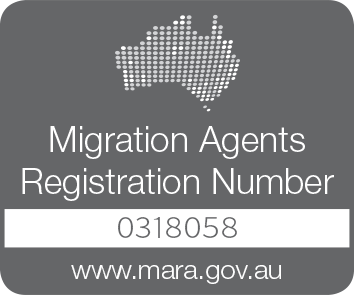Australia’s immigration policies are constantly evolving to align with economic demands, workforce needs, and global trends. In 2025, several significant Australian visa changes are expected that will impact migrants, students, skilled workers, and families. Staying informed about these changes is crucial for those planning to live, work, or study in Australia.
1. Australian Skilled Migration Point System Revamp
Australia has implemented significant changes to its skilled migration point system in 2025 to better address current economic needs and labor shortages. The updated system introduces several key modifications:
- New Skills in Demand Visa: Replacing the previous Temporary Skill Shortage (TSS) subclass 482 visa, this new visa offers three distinct pathways based on the applicant’s proposed earnings:
- Specialist Skills Pathway: For individuals earning at least AUD 135,000, offering expedited processing.
- Core Skills Pathway: For earnings between AUD 70,000 and AUD 135,000, guided by the new Core Skills Occupation List (CSOL).
- Essential Skills Pathway: Details are forthcoming.
- Specialist Skills Pathway: For individuals earning at least AUD 135,000, offering expedited processing.
- Updated Core Skills Occupation List (CSOL): The CSOL now encompasses over 456 in-demand occupations, aiming to align migration with real-time workforce requirements.
- Temporary Skilled Migration Income Threshold (TSMIT) Increase: The TSMIT has been raised to AUD 73,150, impacting employer-sponsored visa applications.
- Emphasis on Regional Migration: Additional points are now awarded to applicants willing to live and work in regional areas, supporting local economies and addressing workforce gaps outside major cities.
2. Introduction of the Core Skills Occupation List (CSOL) in Australia
In 2025, Australia introduced the Core Skills Occupation List (CSOL) as part of its revamped skilled migration program. Replacing the previous occupation lists, the CSOL focuses on identifying occupations experiencing genuine skill shortages across Australia. This updated list plays a crucial role in streamlining the migration process, ensuring that the program better aligns with current labor market demands.
Key Features of the CSOL:
- Targeted Occupations: The CSOL highlights over 456 in-demand occupations across industries such as healthcare, engineering, IT, construction, and education.
- Regular Updates: The list is subject to continuous review, guided by real-time labor market analysis, ensuring that Australia’s migration policies remain responsive to workforce needs.
- Pathway Integration: The CSOL directly influences visa pathways under the new Skills in Demand Visa, replacing the previous Temporary Skill Shortage (TSS) subclass 482 visa.
- Regional Opportunities: Additional points may be awarded to applicants choosing to work in regional areas, addressing labor shortages beyond major cities.
This newly consolidated list aims to attract skilled migrants who can contribute significantly to Australia’s economy, filling critical roles that local talent alone cannot meet.
For the latest updates and a full list of eligible occupations, visit the official Skilled Occupation List.
3. Launch of Australia’s Skills in Demand Visa
To swiftly address critical skill shortages, the government plans to introduce the Skills in Demand Visa. This visa will offer expedited processing for applicants with expertise in occupations listed on the CSOL, enabling employers to fill urgent vacancies more efficiently. Visit the Employer Sponsored Visas page for further details.
4. Increase in Australia’s Temporary Skilled Migration Income Threshold (TSMIT)
As part of Australia’s 2025 skilled migration reforms, the Temporary Skilled Migration Income Threshold (TSMIT) has been increased to ensure that migrant workers receive fair wages aligned with current market standards. The new threshold now stands at AUD 73,150 per year, reflecting rising living costs and supporting better labor market conditions.
Key Changes:
- Higher Wage Requirements: Employers must offer a minimum annual salary of AUD 73,150 for skilled migrants under employer-sponsored visas.
- Protection for Workers: The increase helps prevent underpayment of migrant workers, ensuring they receive equitable compensation compared to local employees.
- Impact on Employers: Employers need to adjust salary offers to meet the new threshold, promoting fair competition in the job market.
- Alignment with Skills in Demand Visa: The TSMIT applies across all pathways of the new Skills in Demand Visa, further aligning migration policies with Australia’s economic needs.
This adjustment strengthens Australia’s commitment to attracting highly skilled migrants while safeguarding job standards.
5. Implementation of Student Visa Caps in Australia
In response to infrastructure and resource concerns, the government plans to implement caps on the number of international students per educational institution. This measure seeks to balance the quality of education and ensure that facilities can adequately support both domestic and international students. For the latest student visa information, visit the Student Visa Page.
6. Stricter Financial Requirements for Australian Student Visas
In 2025, Australia introduced stricter financial requirements for international students to ensure they can support themselves throughout their studies. These changes aim to enhance student welfare, reduce financial strain, and maintain the integrity of Australia’s student visa program.
Key Changes:
- Increased Financial Capacity: Applicants must now show access to at least AUD 29,710 per year to cover living expenses — a rise reflecting increased costs of living.
- Proof of Funds: Students need to provide clear evidence of financial capacity, such as bank statements, scholarships, or proof of parental support.
- Additional Requirements: Dependents accompanying the student require proof of extra funds, ensuring family and partner visa are adequately supported.
- Reduced Risk of Exploitation: These measures aim to minimize the risk of financial hardship, preventing students from being forced into exploitative work conditions.
These updates help maintain Australia’s high education standards while ensuring students are financially prepared for life abroad.
7. New Visa Pathways for Indian Nationals Moving to Australia
Australia introduced new visa pathways for Indian nationals, reflecting the growing economic and cultural ties between the two nations. These pathways aim to streamline the migration process, making it easier for Indian professionals, students, and families to build a future in Australia.
Key Features:
- Mobility Arrangement for Talented Early-Professionals Scheme (MATES): Offers streamlined work visas for young Indian professionals in sectors like IT, engineering, and healthcare.
- Special Access Under the Economic Cooperation and Trade Agreement (ECTA): Facilitates easier entry for skilled workers, entrepreneurs, and businesspeople.
- Dedicated Student Visa Support: Enhanced support for Indian students, including clearer pathways to post-study work visas and potential permanent residency.
- Stronger Family Reunification Options: Simplified processes for Indian nationals to sponsor family members, reinforcing community connections.
These new pathways not only attract skilled talent but also strengthen the shared economic future of both nations.
People also read: Cost of Migrating to Australia from India
What These Visa Changes Mean for You
These upcoming Australian visa changes reflect Australia’s ongoing efforts to attract talent, support families, and uphold humanitarian commitments while ensuring a robust and fair immigration system. For prospective migrants, staying informed, seeking professional advice, and planning ahead are essential. Check the Department of Home Affairs regularly for official announcements.
Staying Informed and Getting Support
Navigating Australian visa changes can be complex, but staying informed is key. Reliable resources include official government websites, migration forums, and professional migration agents.
These Australian visa changes present new opportunities and challenges for migrants. Understanding the evolving landscape will empower individuals to make informed decisions and increase their chances of a successful migration journey. For personalized assistance, consider reaching out to a migration expert to help you every step of the way.






